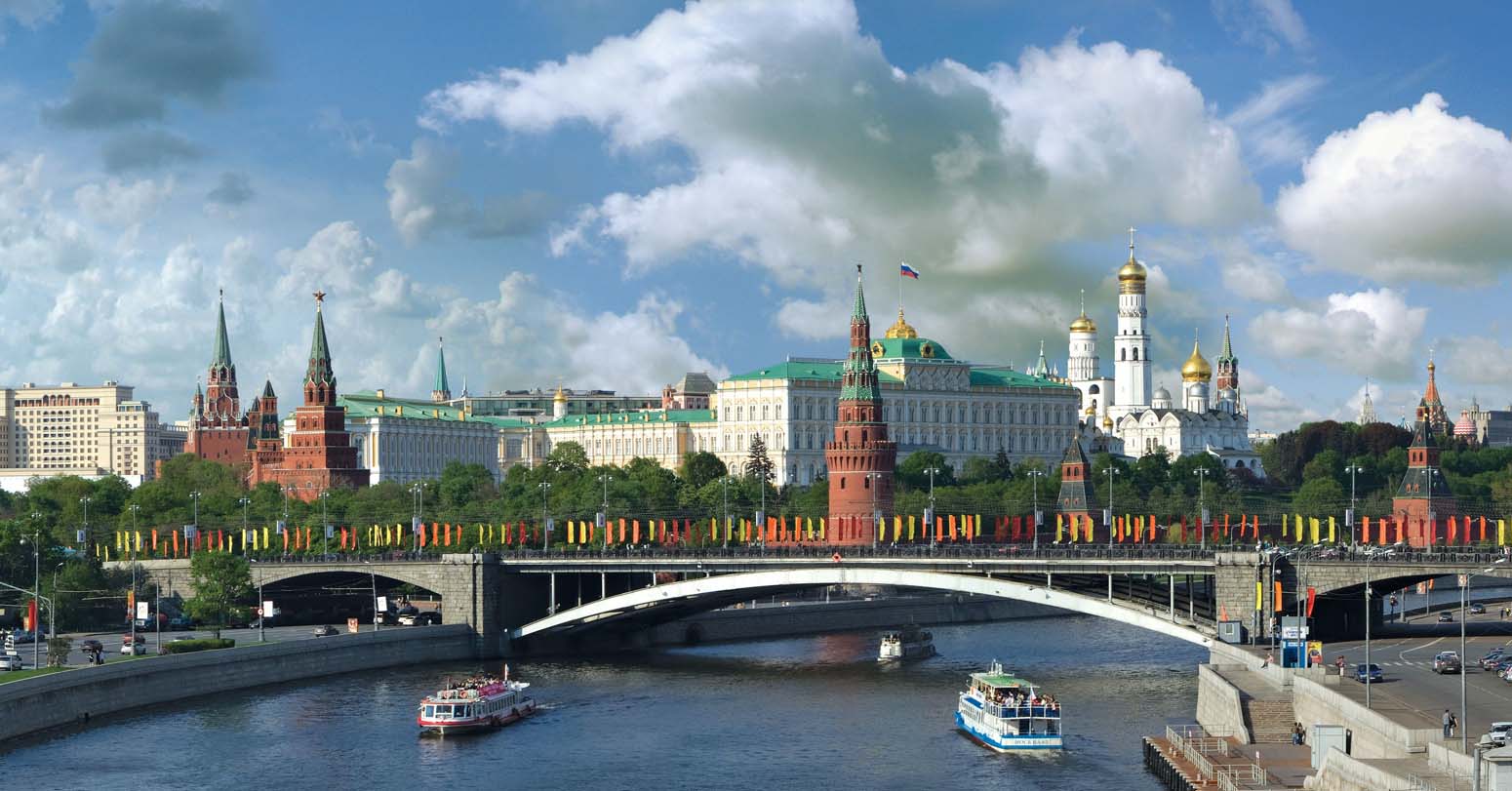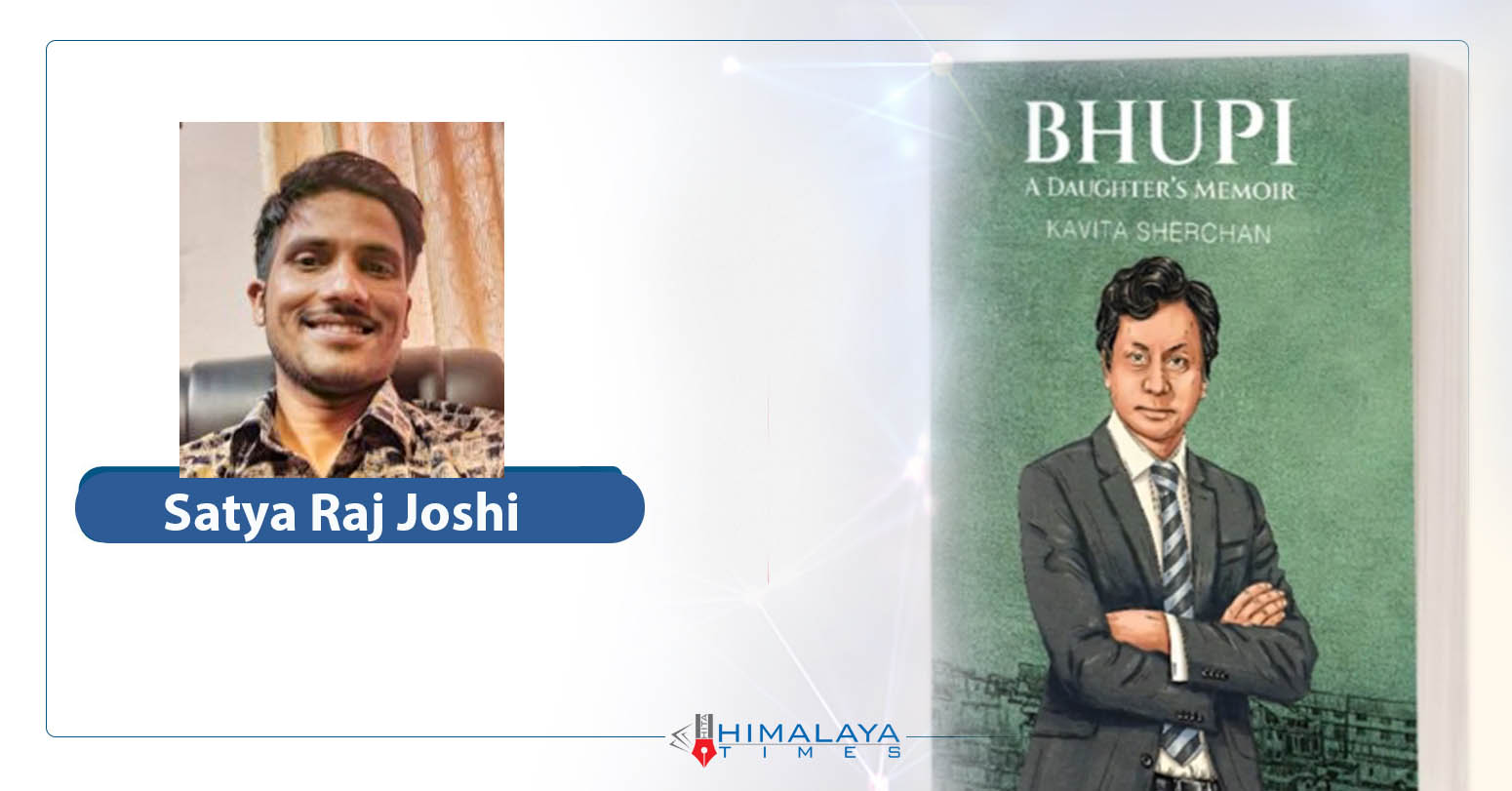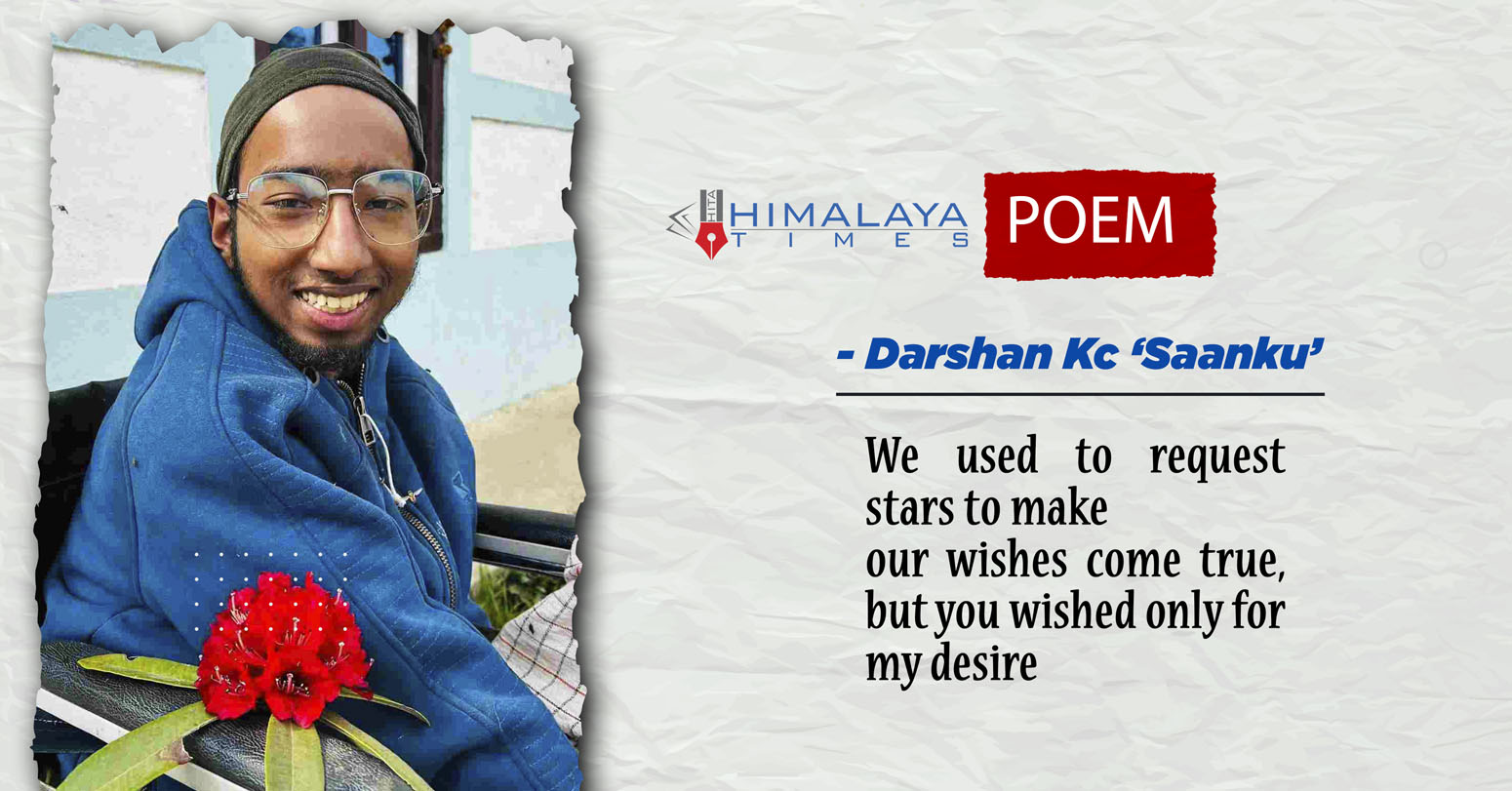
- Satya Raj Joshi
"The Gorkha Grief" by Tim I. Gurung is a compelling book that delves into the history of the Indian Gorkhas of Nepali origin. Through vivid storytelling and meticulous research, Gurung sheds light on the struggles, aspirations, and plights of this community, both in the army and civilian life.
In "The Gorkha Grief," Gurung takes readers on a journey through time, exploring the rich history of the Gorkhas. He provides a comprehensive account of their contributions, sacrifices, and challenges faced by this community.
The book begins by tracing the origins of the Gorkhas, highlighting their migration from Nepal to India and their subsequent integration into Indian society. Gurung explores the cultural, linguistic, and social aspects that define the Gorkha identity, offering readers a deeper understanding of their struggling history. As Tim argues, “whenever there were racial and political movements, the Gorkhali were always the first target. They suffered greatly during times of change such as the Assam movement, the Bodo Moment, and the 'Gorkhaland movement'. They were lynched by angry protestors, had their homes and cowsheds burned down, and got uprooted from their village on many occasions.” Gurung then delves into the experiences of the Gorkhas in the Indian Army. He vividly portrays their bravery, loyalty, and dedication to serving the nation. The author sheds light on the significant role played by Gorkha soldiers in various wars and conflicts, showcasing their unwavering commitment to defending the country.
In one context, the book exposes a very sad and real narrative picture of migration. The migration has depleted the villages; it is turning them into empty, lonely, lonely deserted places. “There are no Gurungs in a Gurung village, no Magars in a Magar village, no Rais and Limbus in Rai and Limbu villages, and no Brahmins in a Brahmin village. What’s the use of those villages if the villagers have all left and turned their lands into soulless places? Gurung said that Nepali youths should be working for their people, village, village and country. Nepali parents didn’t raise their sons and daughters to be used, misused, and mistreated by others. In this way, the thoughts of the narrative expressed in the text are very revolutionary.
This book contributes to dispelling the myth created by Western writers, who frequently portray a distorted picture of the Gurkhas by elevating their bravery, skill, and loyalty. Western writers rarely discuss or draw attention to the terrifying events that the Gurkhas endure, both during and after combat. The Gorkha Grief as a True Story by Tim I Gurung challenges this biased narrative by providing more comprehensive and factual information about the Gurkha community. Gurung presents the real picture of grief, like systematic exploitation, discrimination, and unfair treatment. The pain of being far away from home, insecurity and fear, humiliation and abuse, bodily harm and mental torture, stigmatization and insult, racism and inequality, dishonor and loss of diginity, loss of identity, and to live under constant pressure as a second-class citizen were some of the few grievances they faced. Tim has described so lucidly stems from the fact that despite having contributed wholeheartedly to nation-building, they still find themselves marginalized and on the periphery of the Indian conscience. At the same time, the Gorkha community must realize this and strive to overcome the odds through hard work, persistence, perserverence and the will to perform. The absence of cohesiveness and a carefree attitude in our community are its main weaknesses. To ensure that there is no glass ceiling that is tough to shatter, Gorkhas must acquire the mentality that "we are no less than the others."
Gurung explores issues such as discrimination, limited career opportunities, and the struggle for recognition and equal treatment. Through personal anecdotes and interviews, he humanizes the experiences of Gorkha soldiers, giving voice to their grievances and aspirations in the book. The book further explores the lives of Gorkhas in civilian society. Gurung sheds light on the socio-economic challenges faced by the community, including issues of identity, employment, and education. He highlights the resilience and determination of the Gorkhas in overcoming these obstacles, showcasing their contributions to various fields and their aspirations for a better future.
"The Gorkha Grief" is a thought-provoking book that offers a comprehensive analysis of the Indian Gorkha community. Gurung's meticulous research and engaging storytelling make this book a valuable resource for anyone interested in understanding the history, struggles, and aspirations of the Gorkhas. One of the strengths of the book is its balanced approach. Gurung presents a nuanced perspective, acknowledging both the achievements and challenges faced by the Gorkhas. By giving voice to the experiences of Gorkha soldiers and civilians, he fosters empathy and understanding among readers.
Moreover, the author's writing style is accessible and engaging, making the book accessible to a wide range of readers. Gurung effectively combines historical facts, personal narratives, and social analysis, creating a compelling narrative that keeps readers captivated throughout.
In conclusion, "The Gorkha Grief" is a remarkable book that explores the history, struggles, aspirations, and plights of the Indian Gorkhas of Nepali origin. Through meticulous research and engaging storytelling, Gurung provides readers with a comprehensive understanding of the Gorkha community's contributions and challenges.


















Comprehensive Data Protection Law Critically
Gender Differences In Mental Healthcare
Messi Wins Best FIFA Men’s
Erosion of Democracy
Fly Dubai Catches Fire in
“Complexities of the South Asian